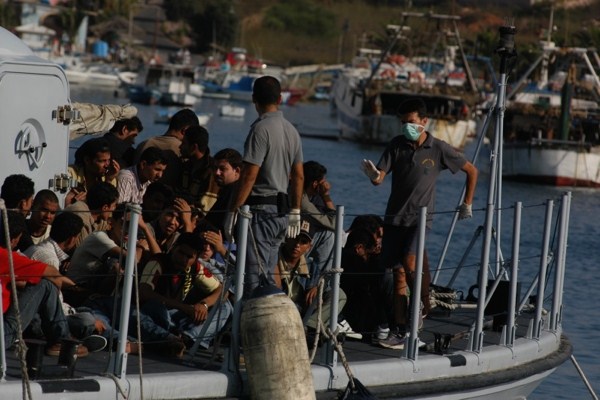Loading your audio article
Earlier this month, a boat carrying upward of 250 migrants toward Europe sunk off the coast of Libya. A week prior, an estimated 500 migrants were killed when their vessel was sunk by human traffickers off the Maltese coast. These are just the latest events in a year that has proven to be exceptionally deadly for migrants seeking to enter Europe.
With over 3,000 people having drowned trying to enter Europe so far this year, there have been many calls for European nations and the European Union to do more to address the issues of migration and asylum.
The dramatic increase in the number of migrants attempting to come to Europe is the result of several factors. “There has been an increase in serious conflicts driving people out of their homes, most notably Syria, but also longstanding conflicts in Iraq, Sudan, etc. . . . The countries that host the overwhelming majority of refugees—Pakistan, Iran, Turkey, Jordan and Lebanon—are saturated, and the EU is receiving a tiny spillover,” explains Liza Schuster, a reader in sociology at City University London, in an email interview. “In addition there is massive unemployment and underemployment in many countries, and while most migrants seek work in neighboring countries, images of wealth and ease [broadcast] into homes around the globe attract people who wish to create a future for themselves and their families.”

